Written by: francesco
Translated by: Block unicorn
Preface
In the past few years, Ethereum has been at a crossroads.
Increasing criticism has led to leadership changes in the foundation and is expected to undergo broader scrutiny to improve transparency and participation, with more focus on value capture at the L1 layer.
Previously, it was difficult to see executive directors speaking in multiple panel discussions at Ethereum conferences. This week, I was pleased to see Tomasz K. Stańczak (Co-Executive Director of the Ethereum Foundation) participating in as many events and panel discussions as possible.
This is truly refreshing, and hopefully it signals the direction of future development.
So... what is Ethereum's future vision?
How do we ensure this vision is well executed?
This article provides an overview of Ethereum's vision.
Goals
To have a structured vision, one must start with goals.
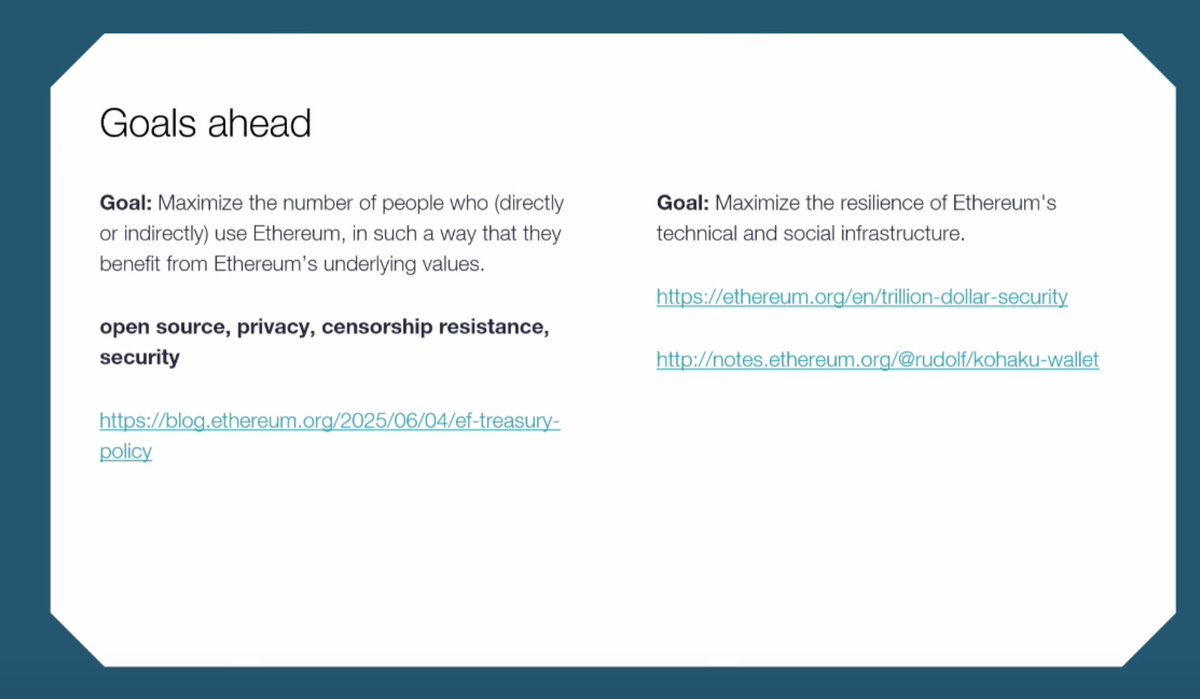
For Ethereum, the main goals are as follows:
1. Return to the crypto spirit, such as protecting privacy and trustless characteristics.
This is not just about attracting new users, but ensuring they can leverage these values and spirit, and build accordingly.
Build, yes, but with purpose and values.
2. Ensure Ethereum remains the most secure and resilient blockchain infrastructure.
This echoes a post by Vitalik about "trillion-dollar security".
This is part of a broader discussion about security:
How to improve Ethereum's security?
How to fully communicate this to users?
How to ensure both institutions and users can fully utilize this?
Most importantly:
How do we ensure all technological developments continue to uphold Ethereum's core spirit and values? No shortcuts, no compromises.
Recently, many have accused Ethereum of being somewhat distant from developers.
However, this situation seems about to change.
In fact, we can expect the Ethereum Foundation to take a slightly more proactive approach and establish new funding policies. Thomas stated that this will be used to explore efficient and sustainable DeFi protocols and strategically allocate funds, shifting from a passive to a guided management approach.
This is just one of a series of challenges that will have a profound impact on Ethereum's long-term future, including:
Regulatory clarity
AI adoption
Privacy issues
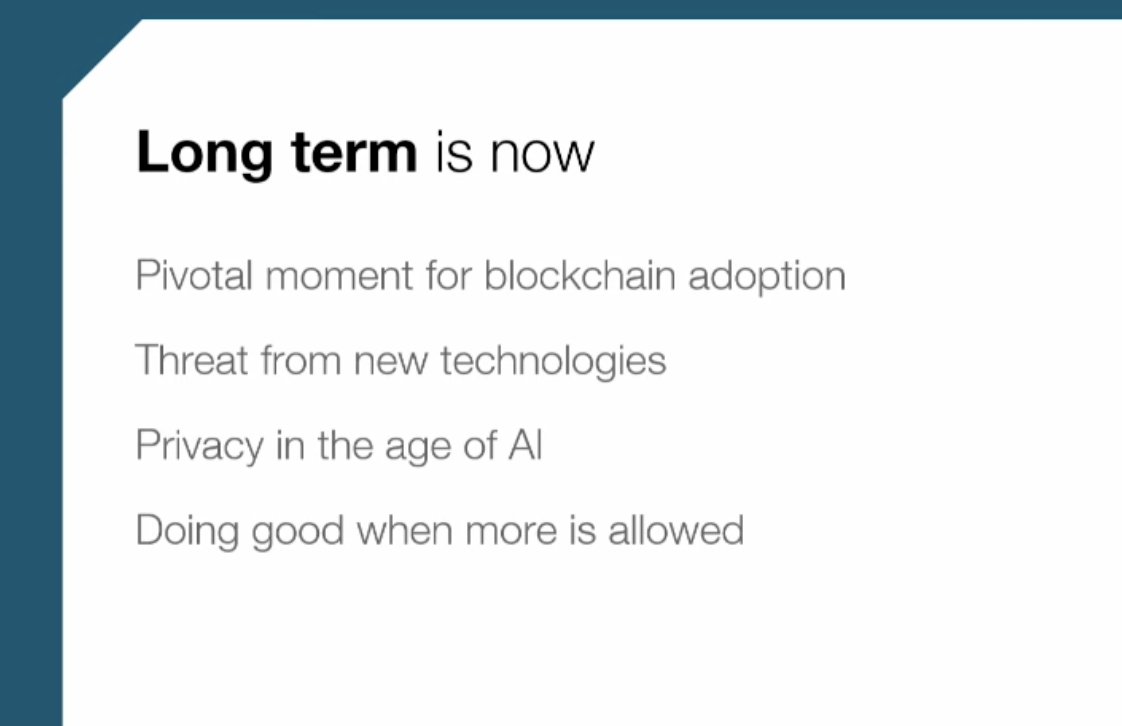
Among these, a key aspect and recent major trend is the increase in institutional adoption.
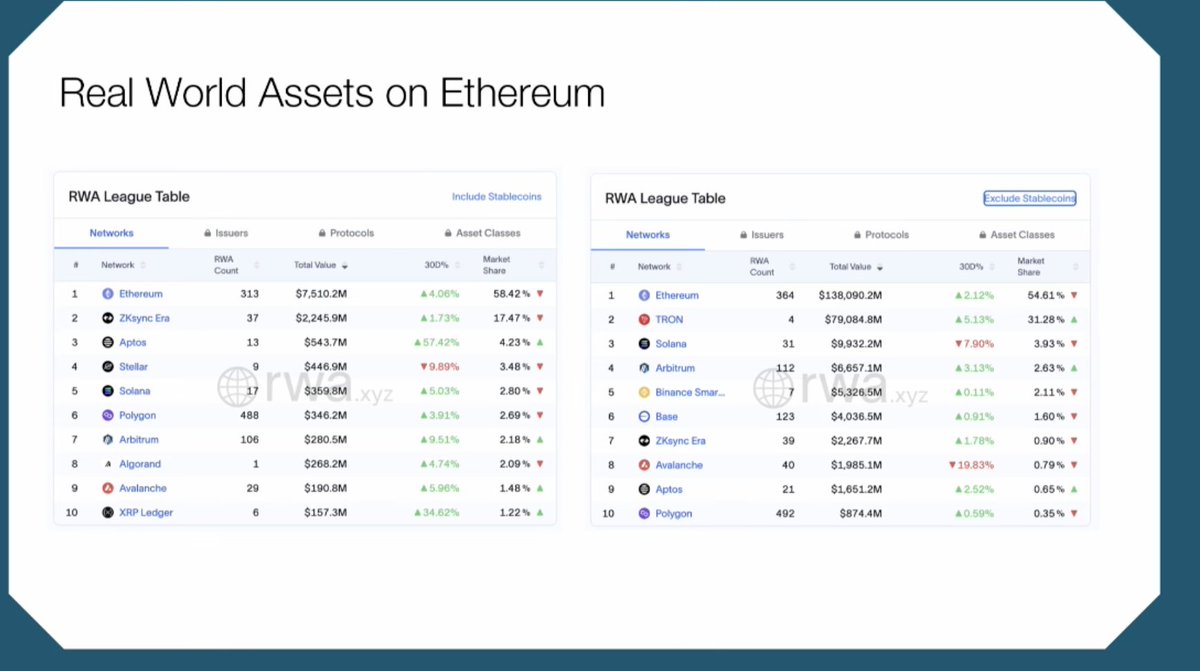
Ethereum's future vision is to treat various fields and industries as modular components, making them open source and removing intermediary institutions.
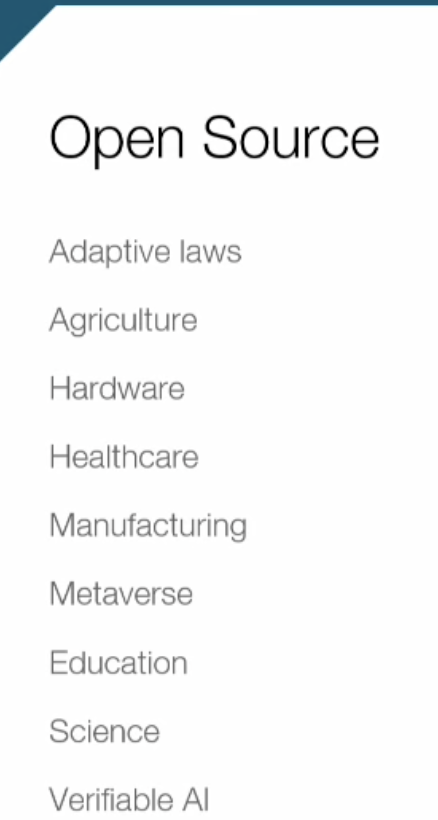
In turn, these modules will ensure a smooth transition from Web2 to Web3, eliminating friction between institutions.
Imagine health institutions from different countries being able to open and contribute health data repositories. All of this is guaranteed through interactions on the Ethereum chain, ensuring the security and verifiability of these solutions.
The ultimate goal? To allow users to trade all global assets on-chain.
Challenges
However, to achieve this goal, Ethereum needs to address some major challenges and confusions faced by users.
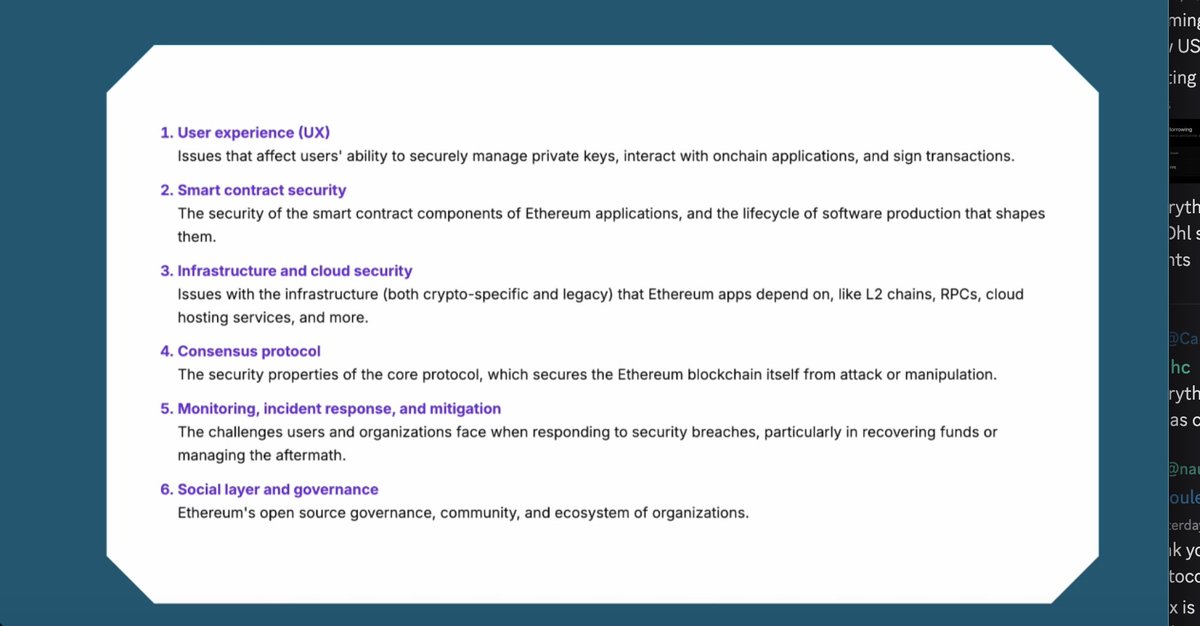
Therefore, the future focus will be on addressing some major challenges in on-chain privacy and identity identification, and addressing AI threats by building Ethereum as a trusted layer for AI execution.
Trusted neutrality.
Globalization.
Privacy and security by design.
All of these will create a diverse environment, establishing a social structure that enables different participants to collaborate, with the ultimate goal of making Ethereum an antifragile network.
To truly resist centralization, it must ensure participation from around the world and incorporate diverse voices and approaches to build a truly global network.
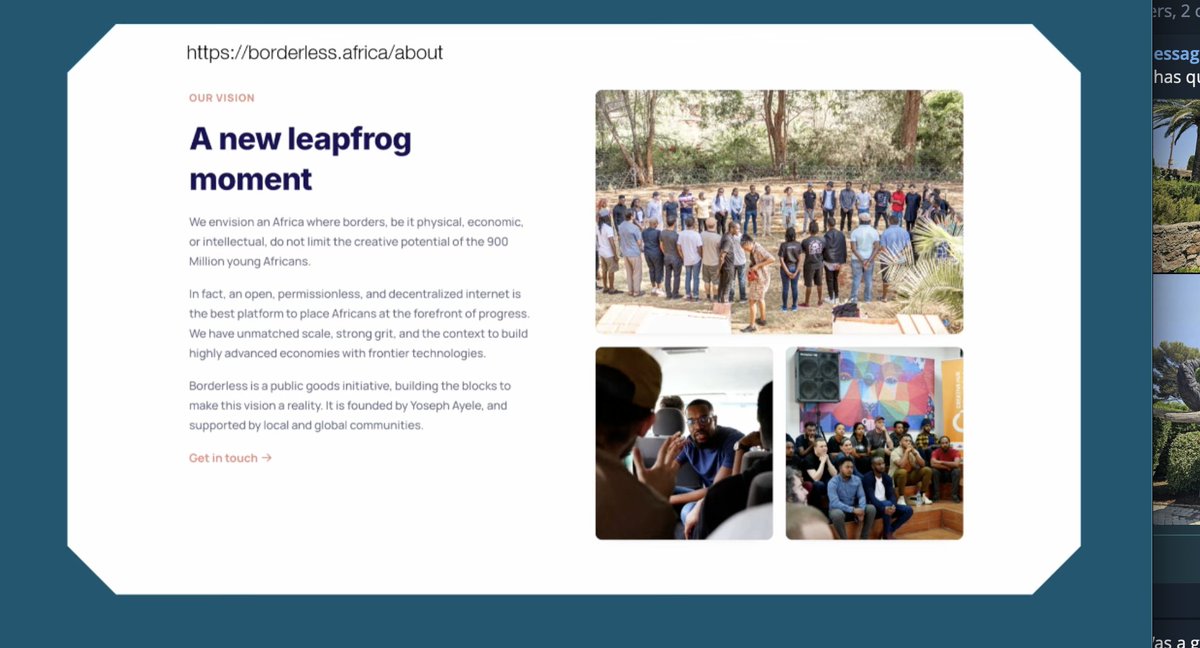
This will enable Ethereum to listen to important issues and empower diversity.
It's also refreshing to hear about the news of tensions between L1 and L2, with the Ethereum Foundation clearly stating that there is no opposition between them.
Instead, Ethereum will more actively guide how to ensure these L2s reach the second stage, protecting users through Ethereum as the underlying base layer.
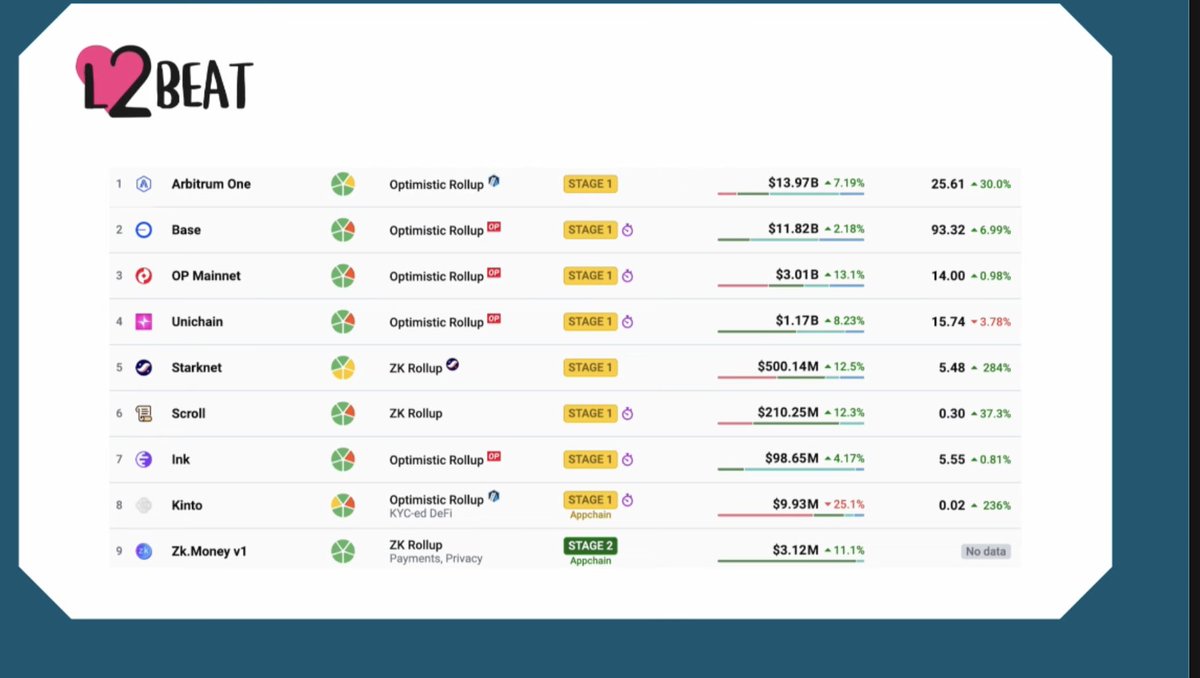
Last but not least, we are seeing the emergence of real-time blockchains like MegaETH, and other fast networks such as Monad and Hyperliquid.
This also raises questions about interoperability and integration:
How to ensure they connect with the Ethereum mainnet?
How to build blockchains with 25-millisecond block times that inherit Ethereum's security parameters?
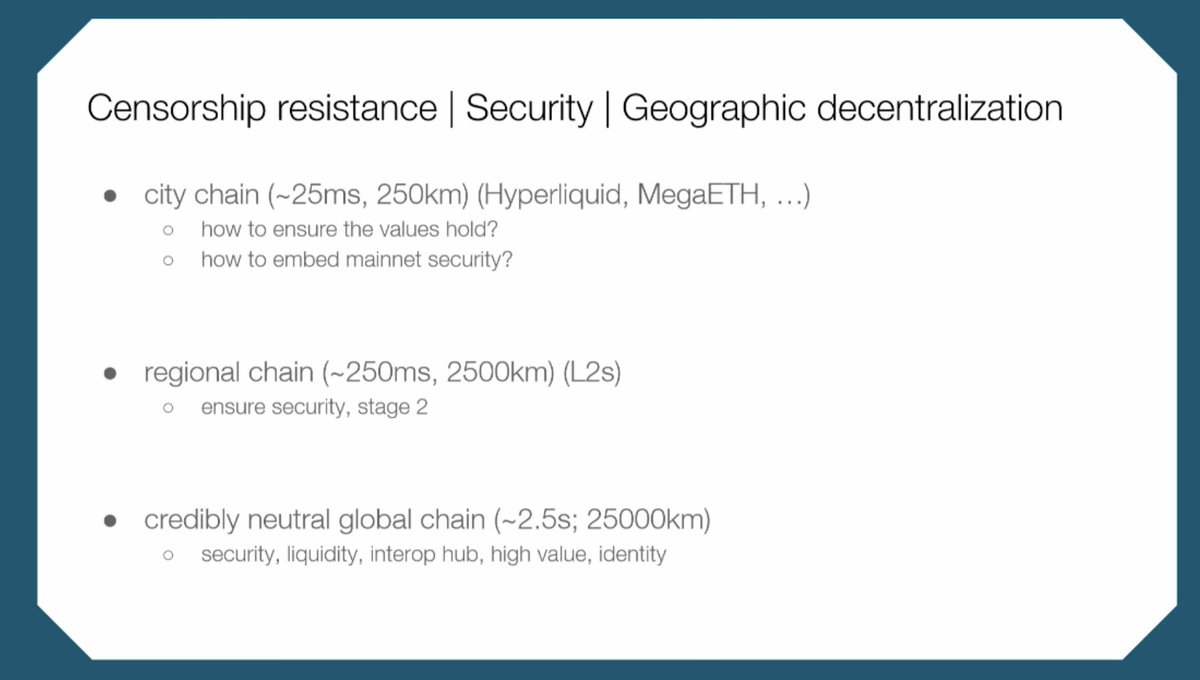
Therefore, new tools need to be introduced to verify challenges at various levels and ensure clients can integrate with these networks.
This opens up a new creative space for client development.
All Ethereum client teams agree that each block consumes 45-60 million Gas, with the goal of reaching 100 million Gas by the end of this year or the first quarter of next year.
Internal restructuring will help achieve this goal, with modular teams dedicated to achieving common objectives:
Expanding L1
Expanding Blob
Improving user experience
Enhancing interoperability
You heard that right: expanding L1 (a previously overlooked area) is one of these goals.
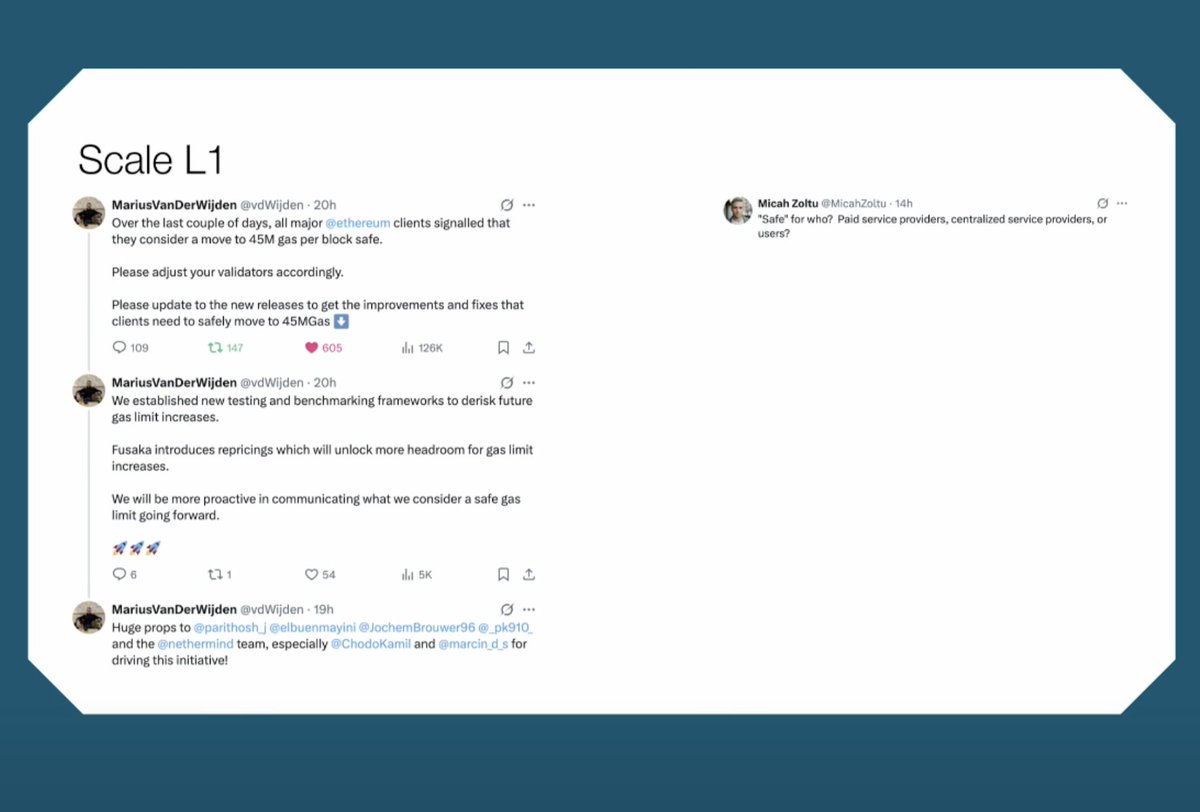
I personally remain optimistic about Ethereum, welcome this awakening, and hope to see further progress.







